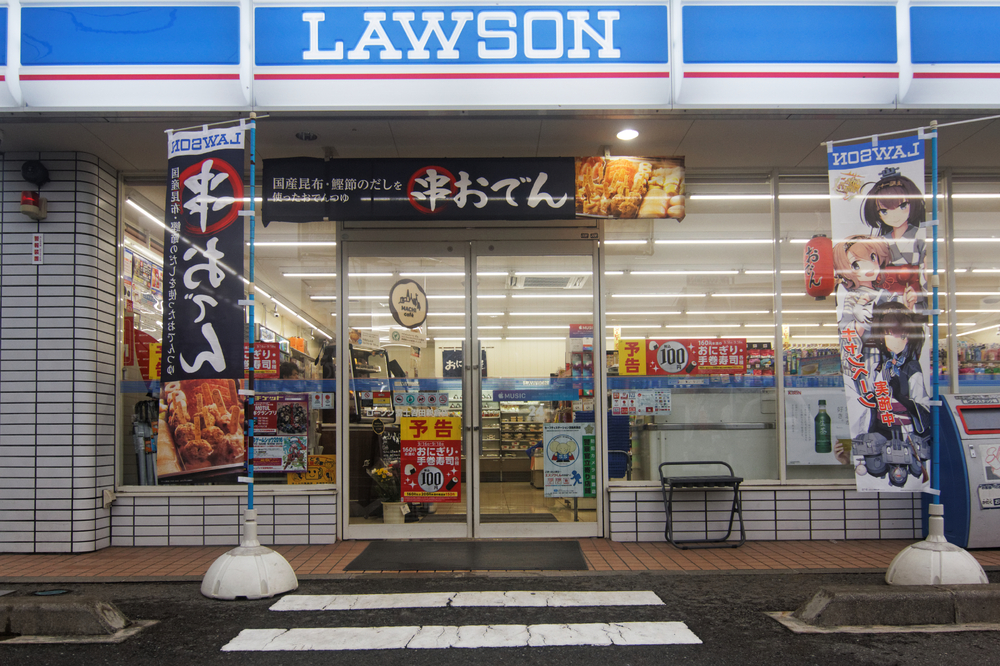If you happen to drive by a darkened Sears or roll past the whitewashed windows of an old Sports Authority, just think of this…
The seeds of retail’s rebirth are already being planted.
In Japan.
Instead of trying to develop a new shopping experience, or finding products a customer can’t buy on Amazon, a small group of important retailers there is taking a different approach…
Completely cashierless stores.
According to the Nikkei Asian Review, a group of convenience store retailers — including the dominant Seven-Eleven Japan chain — will roll out completely cashierless operations next year, starting in the country’s big cities such as Tokyo. If all goes well, the rest of the country’s major convenience stores will be largely cashierless by 2025.
In Japan’s case, the move is prompted by the difficulty of finding people to work the stores in a country where the population shrank by nearly 1 million people between 2010 and 2015.
But you know retailers in this country are watching experiments like this one closely. Don’t get me wrong: Maybe in famously low-crime Japan can people be trusted to ring up what they pay for. That’s not going to be the case here.
But labor costs account for somewhere between 10 and 15% of a retail operation’s per-store expenses. In an industry long known for its small profit margins, shaving off even a few percentage points of previously unalterable overhead could mean the difference between bankruptcy, mere survival or a return to growth for many struggling store chains.
All About the Technology
As Profits Unlimited Editor Paul detailed in a recent edition of his newsletter, the stars are aligning for just such a future for U.S. retailers.
The first step is the idea of a digital wallet so that people don’t even have to stop and swipe a credit card. Our smartphones and the burgeoning arena of digital payment apps are rapidly creating a hands-off future for payments. Imagine gathering up your shopping goods and not even stopping at a cashier station. You could just walk out, knowing the amount was automatically debited from your account.
Self-checkout machines have been a fixture in the front of major retail stores for years, of course. But you have to scan each and every item, a laborious, time-wasting process (especially when it comes to fruit, vegetables and other hard-to-package items). Then you have to feed your credit card into a slot (or insert cash).
So the second step (and major technological hurdle) is developing an automated system that can accurately tally everything in your shopping basket without you having to remove and scan the items individually.
That’s the process that Amazon has been aiming for (with spotty results so far) as it tests its own brick-and-mortar grocery store concept in Seattle.
But Japan’s convenience store owners appear to have already smoothed out those technological wrinkles. As Nikkei Asian Review notes: “The system will employ chips so that items can be tallied simultaneously, rather than the current method of self-checkout in which each item’s bar code is scanned separately.”
Can it happen here? It’s not a matter of if, but only when. I remember when the first clunky versions of the self-checkout machines we use today were rolled out to major retailers, starting in 1992. Few people wanted to use them back then. But we all got used to it, especially if it meant not having to wait in line. It looks like “self-checkout 2.0” is just around the corner as retailers look for more ways to retain lost profits.
Regards,
Jeff L. Yastine
Editor, Total Wealth Insider
